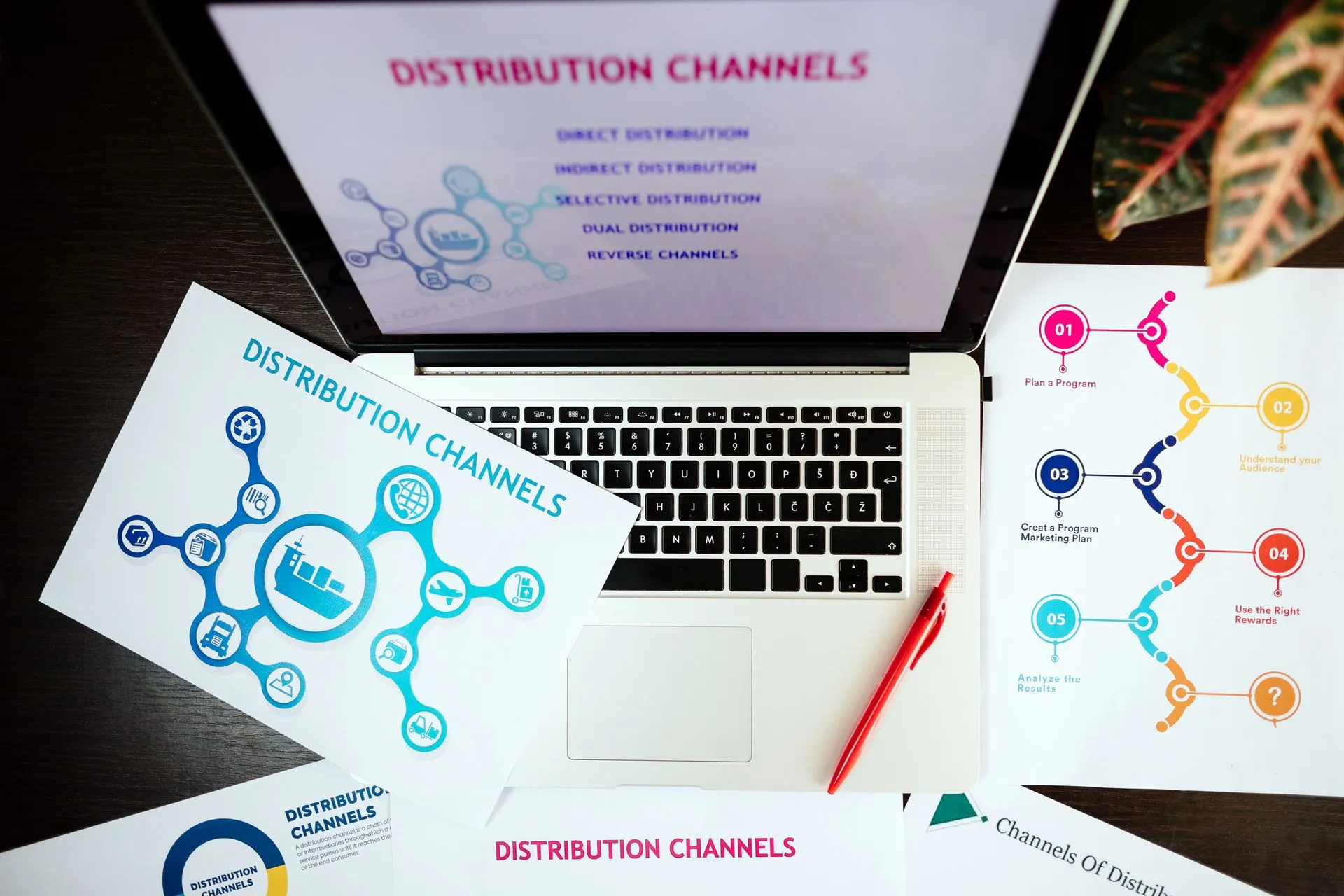Multi-touch attribution is analyzing and attributing the credit for a sale or conversion to multiple touchpoints in the customer journey rather than just one touchpoint. This can be particularly useful for e-commerce businesses, as it helps marketers understand the effectiveness of different marketing channels and tactics in driving sales.
With multi-touch attribution, marketers can see the entire customer journey and how each touchpoint contributes to the final conversion. This can help marketers identify which channels and tactics are most effective at driving sales and allocate their marketing budget accordingly. It can also help marketers optimize their marketing efforts by identifying which touchpoints may be less effective and should be adjusted or removed.
Overall, multi-touch attribution can help e-commerce businesses better understand their customers and make more informed marketing decisions, ultimately leading to more successful and efficient marketing campaigns.
Make more informed marketing decisions
1) Allocating marketing budget
Marketers can understand which channels and tactics are most effective at driving sales by analyzing the customer journey and attributing credit for conversions to multiple touchpoints. This information can help them allocate their marketing budget more effectively, focusing on the channels and tactics most likely to drive conversions. For example, if a marketer sees email marketing as a strong driver of conversions, they may increase their email marketing budget and allocate fewer resources to less effective channels.
2) Identifying the most effective channels and tactics
Multi-touch attribution lets marketers see the full customer journey and understand how each touchpoint contributes to conversions. This can help them identify which channels and tactics are most effective at driving sales and should be given more focus and resources. For example, if a marketer sees that a particular social media ad is driving a high number of conversions, they may decide to create more ads like it and increase their social media advertising budget.
3) Optimizing marketing efforts
By analyzing the customer journey and identifying which touchpoints may be less effective at driving conversions, marketers can adjust or remove these touchpoints and optimize their marketing efforts for better results. For example, if a marketer sees that a particular banner ad is not driving many conversions, they may stop using it and try a different approach.
4) Understanding the customer journey
Multi-touch attribution provides a more complete picture of the customer journey, including all the touchpoints a customer interacts with before making a purchase. This can help marketers understand how customers make purchasing decisions and how they interact with the brand, allowing them to tailor their marketing efforts better to meet the needs and preferences of their target audience. For example, a marketer may see that most customers learn about their product through a referral from a friend and then later visit their website to make a purchase.
Understanding this customer journey can help marketers focus on tactics that drive referrals and optimize their website for conversions.
5) A better understanding of touchpoints
Multi-touch attribution is a way of understanding the various touchpoints that a customer has with a business or brand before they take a desired action, such as making a purchase or filling out a form. These touchpoints include visiting a website, interacting with an email campaign, or interacting with a social media post. By using a multi-touch attribution model, businesses can understand the different channels and touchpoints contributing to conversions and allocate their marketing resources accordingly.
For example, imagine a customer seeing an ad for a product on social media, visiting the business’s website to learn more, and receiving a follow-up email with a special offer. The customer then makes a purchase. Using a multi-touch attribution model, the business could understand that the social media ad, website visit, and email all contributed to the conversion and could allocate resources accordingly.
Using a CDP to report on multi-touch attribution
Using a customer data platform (CDP) to report on multi-touch attribution can be particularly useful because CDPs allow teams to access all of their customer data in one place. This can save time because teams don’t have to gather data from multiple sources and systems, and it also allows them to get a more comprehensive view of their customers’ journeys. CDPs often have advanced analytics capabilities, making it easier for teams to quickly and easily analyze and interpret the data.
For example, a business using a CDP could use the platform to see how many customers are interacting with their emails, how many are visiting their website, and how many are making purchases. They could then use this data to understand which channels are most effective at driving conversions.
A CDP platform that reports on multi-touch attribution can help teams become more efficient and make more informed decisions about their marketing strategies. It can also help them better understand their customers and how they interact with the business, which can also inform other areas of the business.
Using a CDP over Google Analytics
There are several key differences between using a customer data platform (CDP) and using Google Analytics to track and analyze customer data.
One of the main differences is that CDPs are specifically designed to collect, store, and manage customer data, whereas Google Analytics primarily focuses on website analytics. CDPs allow businesses to collect data from various sources, including online and offline interactions, and store it in a centralized location. This will enable teams to comprehensively understand their customers and how they interact with the business.
In contrast, Google Analytics primarily focuses on tracking website traffic and providing insights into how users interact with a website, which is much more limited.
Another key difference is that CDPs often have more advanced analytics capabilities than Google Analytics. CDPs can provide more detailed and sophisticated customer data analyses, making it easier for businesses to gain insights and make informed decisions. CDPs can also be more user-friendly than Google Analytics, with simpler interfaces and more intuitive navigation.
While Google Analytics is a powerful tool for tracking website analytics, a CDP can provide a more comprehensive view of customer data and interactions and offer more advanced analytics capabilities. This can make CDPs a more effective choice for businesses looking to gain a deeper understanding of their customers and how they interact with the business.
About LayerFive
Are you tired of trying to piece together your customers’ journeys from multiple sources and systems? Do you want to gain a comprehensive, 360-degree view of your customer’s interactions with your business? Look no further than LayerFive!
Our robust customer data platform (CDP) offers multi-touch attribution capabilities, allowing you to understand the various touchpoints contributing to conversions and allocate your resources accordingly.
With our CDP, you’ll have all your customer data in one place, making it easy to analyze and interpret. And with advanced analytics capabilities, you’ll be able to gain deeper insights and make more informed decisions.
Don’t settle for piecing together your customer data with Google Analytics – choose LayerFive and get a comprehensive view of your customer’s journeys. Create an account today!



